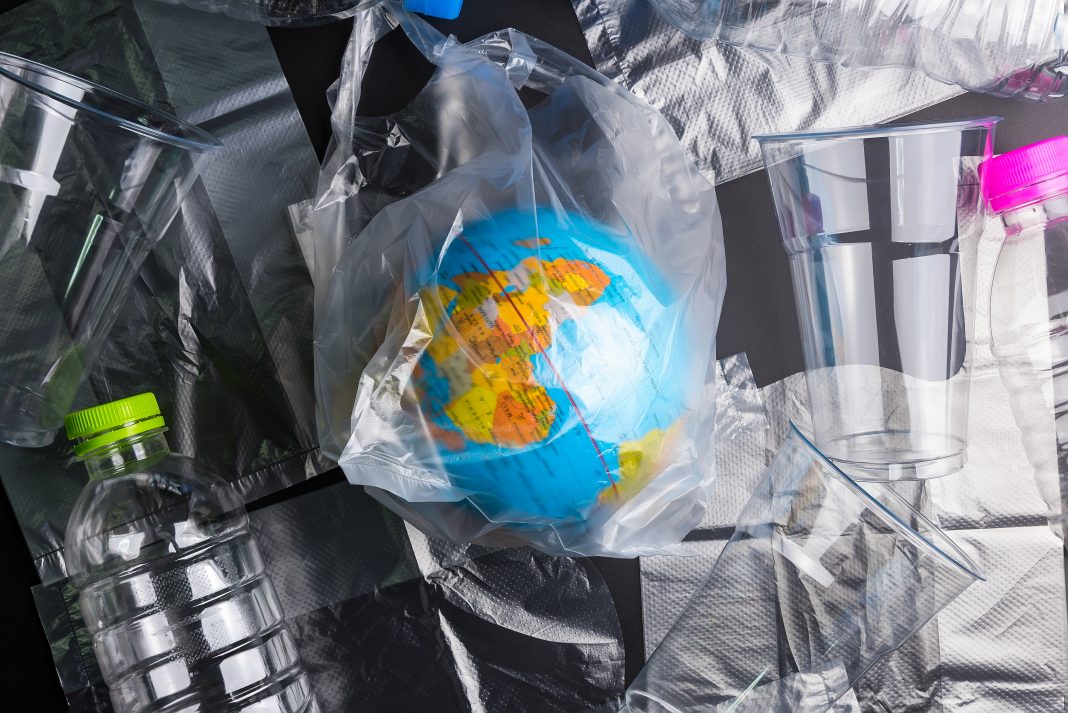New research provides a model of the global scale of plastic development, tracing where it’s produced, where it ends up, and its environmental impact
In 1950, 2 million metric tonnes of new plastic was produced globally. Comparing this to 2018, when the world produced 360 million metric tonnes of plastic, we can see the plastic problem is only growing.
The low cost, durability, and versatility of plastic has landed the material everywhere, polluting the environment at a staggering rate. The vast majority ends up in landfills, where its slow degradation allows it to accumulate.
Inescapably, this has led to microplastics additionally being found everywhere, from inside living bodies with the food we ingest, to the bottom of the ocean.
Developing a global primary plastic trade network, researchers highlight using more recycled plastics rather than creating new resins to end up in landfills would be considerably better for the environment.
However, it is stated that financial and behavioural difficulties both need to be addressed before a true circular economy for plastics can become a reality.
Only 9% of the plastic ever generated has been recycled
Published in the journal ACS Sustainable Chemistry & Engineering, researchers found that the greenhouse gas emissions (GHG) supplied by the production of plastic in 2018 were immense.
Over 170 million metric tonnes of primary plastics were internationally traded in 2018, with associated GHG accounting for 350 million metric tonnes of carbon equivalent, which amounts to the same GHG produced by nations like Italy and France in one year.
Researchers applied a network theory to data from the UN Comtrade Database to recognise the role of individual countries and their trade relationships, noting structural characteristics which governed these interactions when supplying plastic.
The global primary plastic trade network (GPPTN) that they designed labelled each country as a “node” in the network, and a trade relationship between two countries as an “edge,” determining the primary countries which are making the biggest impact.
The researchers examined 11 primary thermoplastic resins which constitute most plastic products. They found that a majority of the most influential nodes in the model are exporting more plastics than they import.
With Saudi Arabia as the leading exporter, with U.S,, South Korea, Germany and Belgium falling closely behind, it was noted the top five importers of primary plastic resins are China, Germany, the U.S., Italy and India.
In addition to GHG, the energy expended in the GPPTN is estimated to be the equivalent of 1.5 trillion barrels of crude oil, 230 billion cubic meters of natural gas, or 407 metric tonnes of coal.
The carbon embedded in the model is estimated to be the carbon equivalent of 118 million metric tonnes of natural gas or 109 million metric tonnes of petroleum.
International trade plays a critical role in making material goods available, including plastics
Vikas Khanna, associate professor of civil and environmental engineering at the University of Pittsburgh Swanson School of Engineering, said: “At our current rate of plastic waste generation, increasing waste management capacity will not be sufficient to reach plastic pollution goals alone
“There is an urgent need to take actions like limiting global virgin plastic production from fossil fuels and designing products and packaging for recyclability. And if anything, our estimation is on the lower end. Converting primary plastic resins into end use products will result in additional greenhouse gases and other emissions
“We know plastics are a problem, and we know keeping materials in a circular economy instead of the take-make-waste model we’re used to is a great solution.
“But if we don’t have an understanding of the current state of the system, then it’s hard to put numbers to it and understand the scale. We wanted to understand how plastics are mobilized across geographical boundaries.”
Co-author Melissa Bilec, Co-director of Mascaro Center for Sustainable Innovation and William Kepler Whiteford Professor of Civil and Environmental Engineering, added: “The results are particularly important and timely, especially in light of the recent discussions during Conference of the Parties (COP26) in Glasgow and the importance of understanding where emissions are coming from in key sectors.
“The collaboration with Dr. Khanna and his lab allows us to learn new systems-level modeling techniques as we converge towards understanding solutions to our complex challenges.”
Khanna continued: “Even though emerging chemical recycling techniques promise to recover more material in an economically and environmentally sound way, we need to make it so that using recycled materials is as cost-effective as using virgin plastic resins.
“Our next step is to understand the interaction between the GPPTN and the plastic waste trade network to identify the opportunities where investment could encourage a circular plastics economy.”











